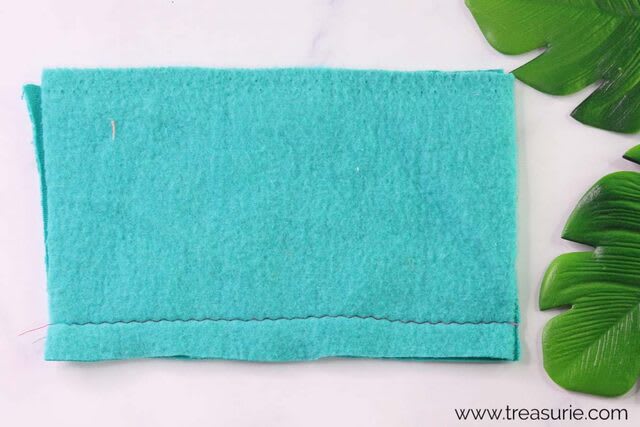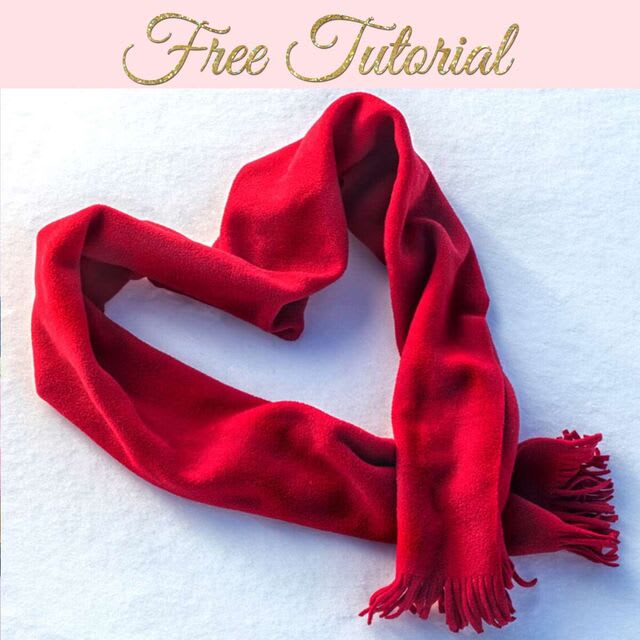@media (max-width: 1200px) { }
body .novashare-buttons.novashare-inline .novashare-button-icon { width: 100%; }
Share this Article:
TwitterFacebookPinterestPrint
body .novashare-pinterest-image{display:block;position:relative;margin:0;padding:0;line-height:0}figure>.novashare-pinterest-image{height:100%;width:100%}body .wp-block-image .novashare-pinterest-image+figcaption{display:block}body .novashare-pinterest-image-button{opacity:0;transition:.3s;position:absolute;height:18px;max-height:18px;width:auto!important;padding:10px;cursor:pointer;background:#c92228;color:#fff;font-size:16px;line-height:18px;z-index:1;text-decoration:none;box-sizing:content-box;top:50%;left:50%;transform:translate(-50%,-50%)}body .novashare-pinterest-image-button:hover{background:#b51f24}body .novashare-pinterest-image-button:visited{color:#fff}body .novashare-pinterest-image:hover .novashare-pinterest-image-button{opacity:1}body .novashare-pinterest-image-button svg{width:18px;height:18px;vertical-align:middle;pointer-events:none}
Sewing fleece is a piece of relatively new fabric on the market. Originally known as Polar Fleece it is soft and warm. Fluffy on both sides, it is basically a wash-and-wear fabric. Polar fleece is not woven and is 100% polyester. It comes in a wide range of colors and designs. Popular for tracksuits and leisurewear for all ages it is relatively easy to sew.
 PinSewing Fleece
PinSewing FleeceContents
What is Fleece Fabric?Main Types of Fleece FabricSewing Fleece Fabric TutorialStep 1 - PreparationStep 2 - Cutting Before Sewing FleeceStep 3 - Sewing Fleece ToolsStep 4 - Stitching for Sewing FleeceStep 5 -Seam Finishes when Sewing FleeceStep 6 - Cleaning after Sewing FleeceMore About Sewing Fleece What Kind of Stitch Should I Use on Fleece?Do I Need a Stabilizer to Sew Fleece?Sewing Fleece ProjectsSewing Fleece - In ConclusionSewing Fabrics
What is Fleece Fabric?
Fleece fabric is a 100% polyester fabric with a fluffy nap. It is used for warm clothing and is a cheaper alternative to natural wool. Because it does not fray and has minimal stretch, it is easy to sew. While fleece is thick it is lighter than wool and thus is comfortable to wear. Read more about what is fleece fabric.
Main Types of Fleece Fabric
Polar Fleece - this is one of the most common types of fleece that you will find. It is fluffy on both sides and can be medium to heavyweight. Polar fleece is great for no-sew projects and for when you want something quick and easy to make with edges that will not fray.

 PinSewing Fleece
PinSewing FleeceSweatshirt Fleece - I like using this type of fleece for dresses, hoodies and pants. On the outside, it looks knitted and on the inside it is fluffy. Sweatshirt fleece can also be labeled brushed fleece or cotton fleece. Buy better quality sweatshirt fleece so the outside doesn`t pill after a few washes.

 PinSweatshirt Fleece
PinSweatshirt FleeceMicro Fleece - This is a lightweight fleece mainly used for baby clothing. It is a little thinner and stretchier to sew and can overstretch if you are not careful.
Sewing Fleece Fabric Tutorial
Here are some basic tips to consider when sewing with fleece.
Step 1 - Preparation
PREWASH - Before cutting out your sewing project, prewash your fleece fabric to test for shrinkage and colorfastness. PATTERN CHOICE - Not all patterns are suited to fleece. Check your pattern says - ‘suitable for stretch fabrics’ this will enable you to cut and sew fleece with the pattern you choose. Also, determine the stretch factor (article includes a printable sheet) to match the pattern type to your fleece. You generally need at least 20-50% stretch. Some cheaper fleece types have next to no stretch and are not suitable for stretch patterns.All of these samples were sewn from Treasurie patterns using fleece. You can tell that I like red, can`t you? I tend to prefer sweatshirt fleece which generally doesn`t come in quite as many colors and patterns as Polar fleece.

 PinSewing Fleece Patterns
PinSewing Fleece PatternsStep 2 - Cutting Before Sewing Fleece
GRAINLINES - Fleece fabric is not woven so a grain of the fabric is not clearly visible. The grain is defined by the nap or the way the brushed texture of the fabric moves.WRONG SIDE VS RIGHT SIDE - The best way to define the right or wrong side is to cut a sample of the fabric and then cut the sample on the cross. The fabric will naturally curl towards the wrong side. Fleece is usually fluffier on the wrong side.SCISSORS - Use sharp scissors so the edges don`t burr and for very thick fleece, you may need to cut in single layers instead of double. Don`t forget that some pieces may need to be mirrored so flip your pattern piece when cutting the second shape if necessary. PINS - If you find that your pins are slipping out of the fabric, use safety pins instead. Quilting pins that are longer can also be used. MARKING - Traditional marking methods using chalk don`t always work on fleece due to the pile on the fabric. Try using a running stitch or Tailor`s tacks to mark darts and markings.
 PinTailor`s Tacks to Mark
PinTailor`s Tacks to MarkStep 3 - Sewing Fleece Tools
BEST THREAD FOR SEWING FLEECE- Sew with a good quality polyester thread. Like most sewing projects, a matching thread will be more forgiving of any crooked seams.
BEST NEEDLES FOR SEWING FLEECE - Use good quality sewing needles and change them often. Microtex or ballpoint needles are best. Do a test seam and if you get any skipped stitches, try a stretch needle designed for sewing knit fabrics.
BEST SEWING MACHINE FOOTFOR SEWING FLEECE - Most of the time an all-purpose foot can be used but for really thick fleece, try a walking foot or a Teflon foot. These specialty feet will prevent the thicker fleece from bunching up and wrinkling.
Step 4 - Stitching for Sewing Fleece
PREPARATION - Stay stitching on curved areas such as necklines is important because this fabric is very stretchy.
STITCHES - Use a small zig zag stitch to help with the stretch of the fabric. This will prevent stitches from popping in areas with extra movement where some elasticity is needed. Try a stitch of width 1.0 and length 3.0 and adjust as needed. Test a scrap. The stitches should not break when you stretch the seam. If your fleece is too bulky to sew a regular seam, then consider a lapped or flat fell seam.
BESTTENSIONFOR SEWING FLEECE- Loosen the sewing machine tension with a larger, longer stitch to give a bit more stretch. Ease the fabric through the machine, don’t pull, and cause tension issues.

 PinSewing Fleece with a Zig Zag Stitch
PinSewing Fleece with a Zig Zag StitchSERGER - A serger is ideal for sewing fleece as the seam will have a built-in elasticity. (How to use a serger)

 PinSewing Fleece with a Serger
PinSewing Fleece with a SergerSEWING FLEECEHEMS - Finish off hems and sleeve edges with rib trim. Alternatively, turn up the hem and use a wide zig-zag to stitch over the edge. Test a width of 4.0 and a length of 3.0.
HAND STITCHING FLEECE - If you don`t have a sewing machine, you could use a backstitch for the seams and a blanket stitch for the hems. Blanket stitch in particular results in a very attractive edge and can be used in conjunction with machine seams. If you are an absolute beginner, consider doing a simple up and down stitch called a running stitch.
PRESSINGFLEECE - Press the fabric with caution, fleece does not enjoy a hot iron and may melt. If you do need to press, use a cotton pressing cloth in between the iron and your fleece.
Step 5 -Seam Finishes when Sewing Fleece
Fleece does not fray and therefore seam finishes are not really necessary but can still look nice.
Seam finishing options include -
Zig zag the raw edges.Use a serger (overlocker) to neaten the seam.Trim the seams neatly with sharp straight scissors. You could also use pinking shears but they can be harder to use unless they are really new and sharp.
BULKY SEAMS - Try to reduce bulk in seams and on the attachment of collars or cuffs. Line the underside of a collar with a cotton fabric to lessen the bulk of a collar for example. Thick seams can be cut in layers which is called seam grading.

 Pin
PinStep 6 - Cleaning after Sewing Fleece
Fleece may tend to fluff up your machine and caution needs to be taken to keep your machine clean during the time you sew with fleece. Keep an eye on the bobbin case as this is a major collector of lint! Read cleaning a sewing machine. If you use a serger, keep the blade of the machine clean and remove fluff from the underneath of the machine.
More About Sewing Fleece
What Kind of Stitch Should I Use on Fleece?
The best kind of stitch for sewing fleece is a narrow zig-zag. This will give the seam some elasticity so the stitches don`t break. If you have a serger, this will give a strong elastic seam also.
Do I Need a Stabilizer to Sew Fleece?
If you are having problems with the stitches sinking into the fleece and skipping, try adding a stabilizer along the seam only. You can use a water-soluble stabilizer that will disappear in the wash.
Sewing Fleece Projects
Now you have the basics of sewing fleece down pat, it is time to sew some easy projects. Here are some from the Treasurie blog:

 PinHow to Sew a Fleece Scarf
PinHow to Sew a Fleece Scarf
 PinHow to Sew a Fleece Blanket
PinHow to Sew a Fleece BlanketSewing Fleece - In Conclusion
Generally speaking, sewing fleece is very rewarding as it is an easy to sew fabric that needs the minimum finishing off and neatening. Fleece is comfortable to wear and warm during the winter chills and making leisurewear is made easy with the use of fleece for all kinds of projects.
Sewing Fabrics
CHIFFON – Sewing ChiffonBATIK – What is BatikCANVAS – Sewing CanvasCOTTON – Sewing CottonDENIM – Sewing DenimFELT – Sewing FeltFUR – Sewing FurKNITS – How to Sew Stretch FabricINTERFACING – Types of InterfacingLACE – How to Sew LaceLEATHER – Sewing LeatherRAYON – Sewing RayonSHEER – Sewing Sheer FabricsSILK – How to Sew SilkTHICK – Sewing Thick FabricsVELVET Sewing VelvetWOOL – Sewing WoolFLEECE - Sewing Fleece
5/5 - (26 votes)



















